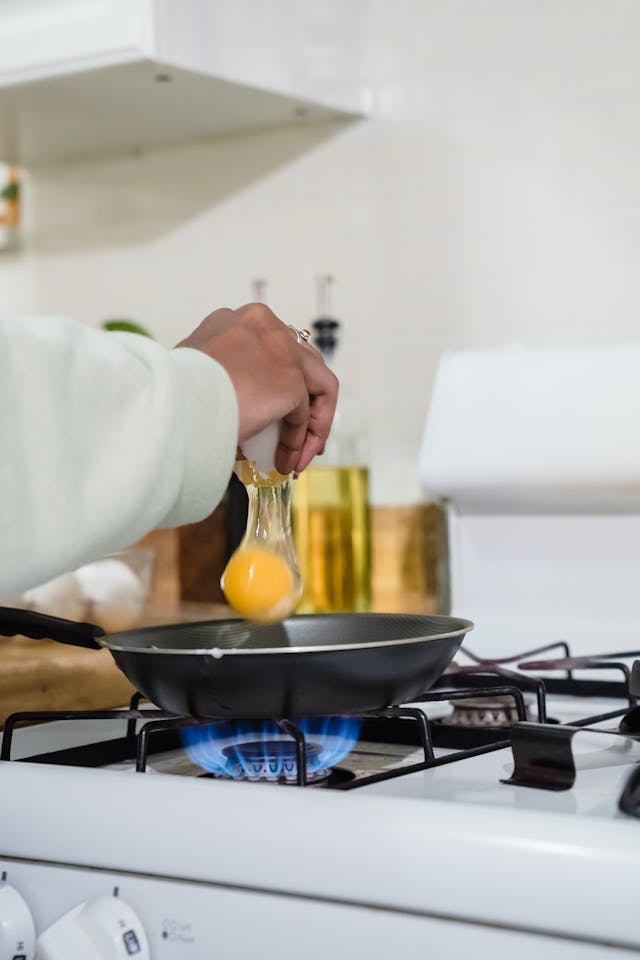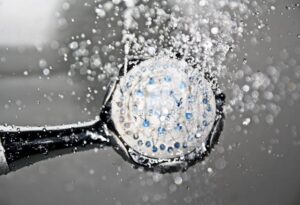Pilot lights are a crucial component of many appliances, from furnaces to water heaters. Over time, dirt, dust, and debris can accumulate, causing inefficiency or even failure. Cleaning your pilot light regularly is a simple yet essential maintenance task that can save you costly repairs and ensure your appliance functions optimally. In this guide, we’ll explore everything you need to know about cleaning pilot light, from understanding its importance to step-by-step cleaning techniques.
Why Cleaning Pilot Light is Important
A dirty pilot light can lead to:
-
Reduced Efficiency: A clogged or weak flame can affect your appliance’s performance, leading to higher energy consumption.
-
Safety Hazards: A malfunctioning pilot light can result in gas leaks or incomplete combustion, posing serious risks.
-
Appliance Damage: Dirt buildup may cause wear and tear on components, shortening the appliance’s lifespan.
By cleaning pilot light regularly, you maintain safety, efficiency, and the longevity of your appliances.
Signs That Your Pilot Light Needs Cleaning
Recognizing when your pilot light needs cleaning is key. Common signs include:
-
Weak Flame: A healthy pilot light flame is steady and blue. A weak, flickering, or yellow flame indicates dirt buildup.
-
Frequent Shutdowns: If the pilot light keeps going out, it may need cleaning.
-
Delayed Ignition: Slow appliance start-up often points to a dirty pilot light.
-
Soot or Smoke: Visible soot around the appliance indicates incomplete combustion, often caused by a clogged pilot light.
Addressing these issues promptly is crucial to avoid further complications.
Tools and Materials Needed
Before cleaning pilot light, gather the following:
-
Screwdriver (appropriate size for your appliance)
-
Soft-bristle brush or old toothbrush
-
Compressed air canister
-
Microfiber cloth
-
Needle or small pin
-
Isopropyl alcohol (optional, for stubborn dirt)
-
Flashlight
-
Safety gloves
Having these tools on hand ensures a smooth and safe cleaning process.
How to Clean Pilot Light: Step-by-Step Guide
1. Turn Off the Appliance
Safety first! Turn off the appliance and allow it to cool completely. Shut off the gas supply to avoid accidental leaks.
2. Access the Pilot Light
Refer to your appliance’s manual to locate the pilot light assembly. Use a screwdriver to remove the cover or access panel.
3. Inspect the Pilot Light
Using a flashlight, examine the pilot light for debris, soot, or other obstructions. Take note of any excessive dirt buildup that may require extra attention.
4. Clean the Pilot Orifice
The orifice is the small opening where the gas flows to create the flame. Use a needle or small pin to gently clear any blockages. Be cautious not to enlarge the opening.
5. Brush Away Debris
Using a soft-bristle brush or toothbrush, clean around the pilot assembly to remove loose dirt and soot. For stubborn dirt, lightly dampen the brush with isopropyl alcohol.
6. Use Compressed Air
Blow compressed air through the pilot orifice and surrounding components to dislodge any remaining debris. Keep the nozzle at a safe distance to prevent damage.
7. Wipe Down the Area
Use a microfiber cloth to clean the area around the pilot light assembly, ensuring no residue is left behind.
8. Reassemble the Appliance
Replace the access panel or cover securely. Ensure all components are properly aligned.
9. Relight the Pilot Light
Follow your appliance’s manual to relight the pilot light. Observe the flame to ensure it’s strong and blue.
10. Test the Appliance
Turn on the appliance and monitor its performance to confirm that cleaning pilot light resolved the issue.
Tips for Cleaning Pilot Light Safely
-
Read the Manual: Always follow your appliance’s specific instructions.
-
Work in a Ventilated Area: Proper ventilation reduces the risk of gas buildup.
-
Use Protective Gear: Wear gloves to protect your hands and avoid direct contact with debris or sharp components.
-
Avoid Harsh Chemicals: Stick to isopropyl alcohol for stubborn dirt; avoid strong chemicals that may damage the pilot assembly.
-
Call a Professional: If you’re unsure or encounter complex issues, seek help from a qualified technician.
How Often Should You Clean a Pilot Light?
Frequency depends on usage and environmental factors. As a rule of thumb:
-
Annually: Schedule a cleaning at least once a year as part of routine maintenance.
-
Seasonally: Before heavy use (e.g., winter for furnaces), clean the pilot light to ensure readiness.
-
As Needed: If you notice any signs of malfunction, clean the pilot light promptly.
Cleaning Pilot Light in Specific Appliances
Furnaces
For furnaces, cleaning pilot light is crucial for heating efficiency. Pay attention to soot buildup, and ensure proper gas flow to avoid cold nights.
Water Heaters
A clean pilot light in your water heater ensures consistent hot water supply. Regular maintenance prevents unexpected shutdowns.
Gas Stoves
In gas stoves, a clean pilot light ensures even and efficient cooking. Dirt can cause uneven flames, affecting cooking performance.
Patio Heaters
Outdoor patio heaters are exposed to more debris. Regular cleaning prevents frequent shutdowns and maintains consistent heat output.
Common Myths About Cleaning Pilot Light
-
Myth: Cleaning pilot light is unnecessary.
-
Fact: Neglecting the pilot light leads to inefficiency and potential safety hazards.
-
-
Myth: Only professionals can clean pilot lights.
-
Fact: With proper tools and knowledge, homeowners can safely clean pilot lights.
-
-
Myth: A yellow flame is normal.
-
Fact: A blue flame indicates proper combustion; yellow flames signal dirt or gas issues.
-
When to Call a Professional
While cleaning pilot light is often a DIY task, there are instances where professional help is needed:
-
Persistent issues after cleaning.
-
Damaged or worn components.
-
Gas leaks or unusual odors.
A qualified technician can diagnose and resolve complex problems, ensuring your appliance operates safely.
Conclusion: Keep Your Pilot Light Clean and Your Appliances Efficient
Cleaning pilot light is a simple yet impactful maintenance task that ensures your appliances function safely and efficiently. Regular upkeep saves money, enhances performance, and prevents inconvenient breakdowns. By following this guide, you’ll gain the confidence to clean pilot light and extend the life of your essential appliances.





